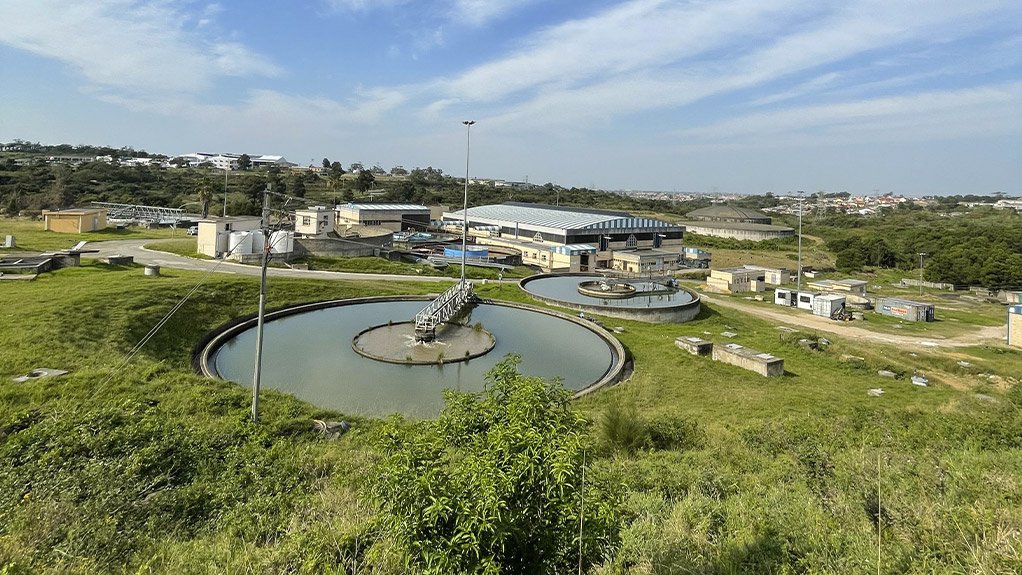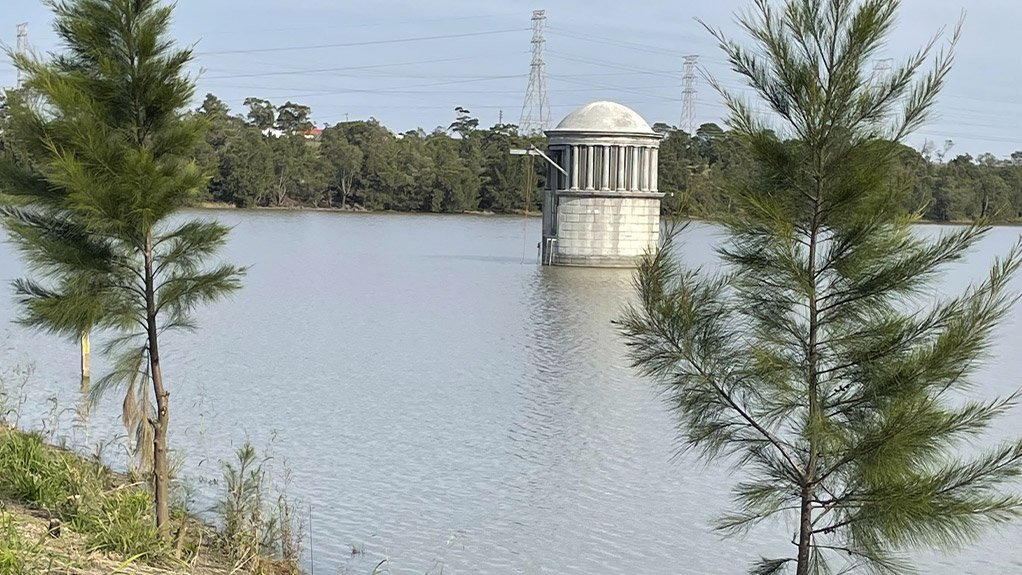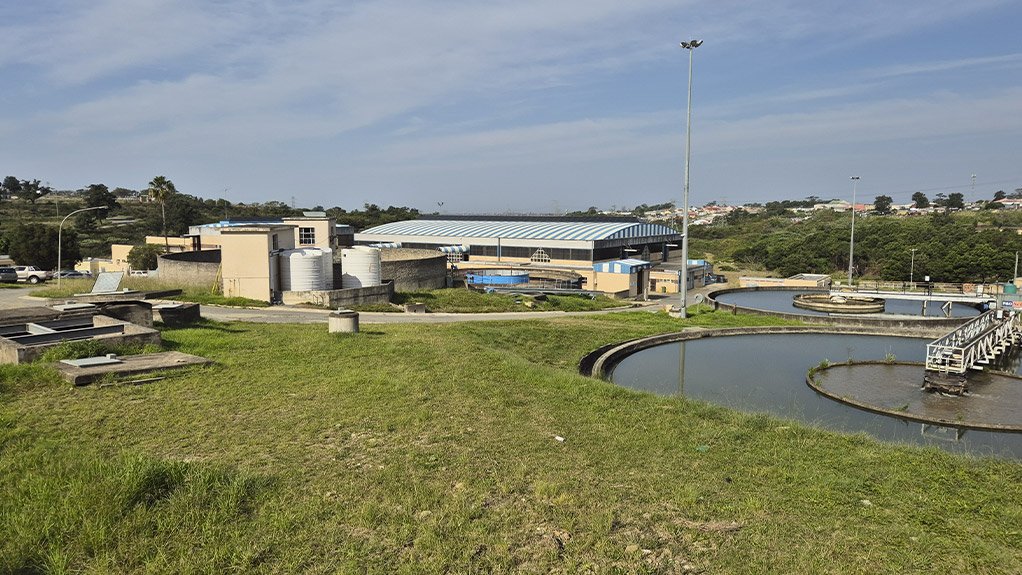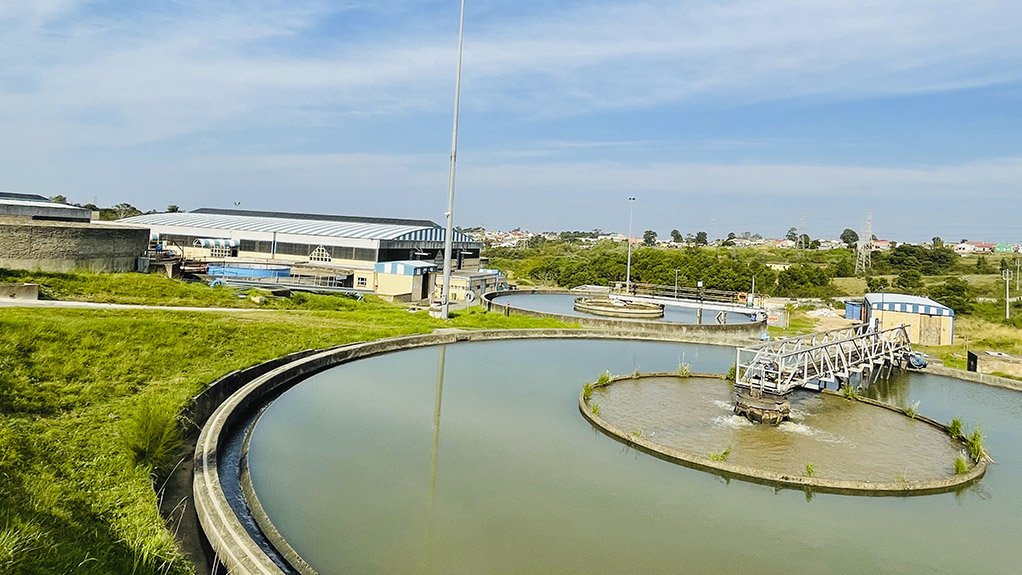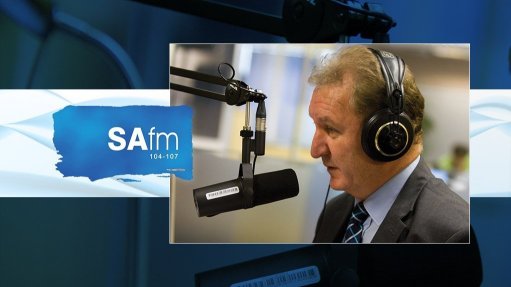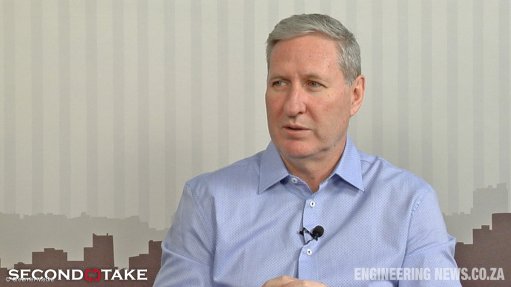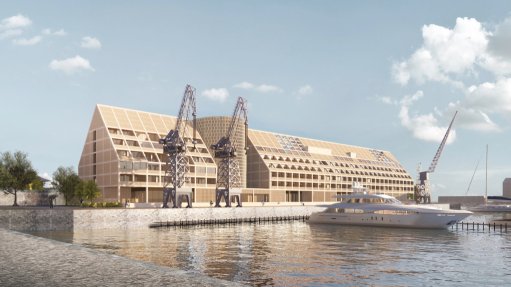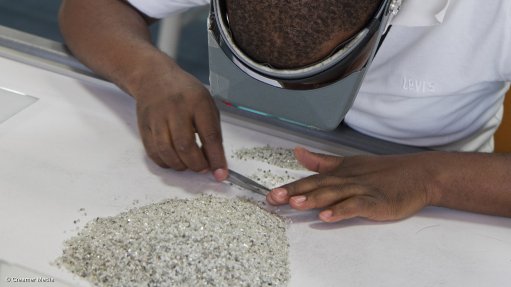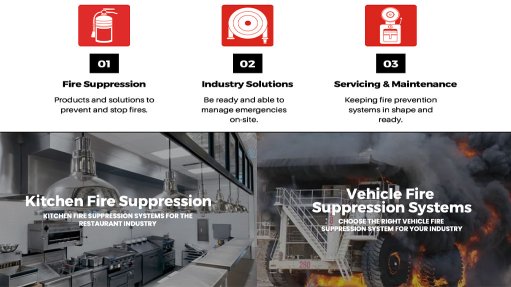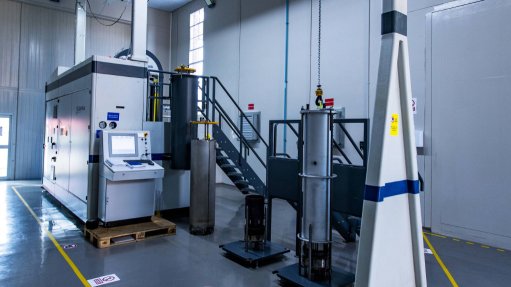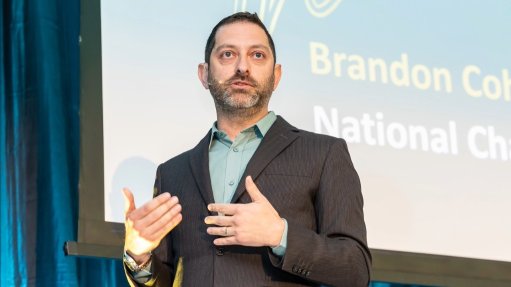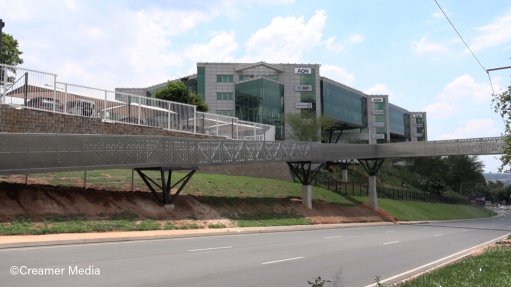How a local and international collaborative effort aims to increase water supply and improve water quality in Buffalo City
This article has been supplied.
A comprehensive pre-feasibility study is under way to enhance the water supply system for the residents of Buffalo City, East London, aimed at improving their water quality. Spearheaded by the Buffalo City Municipality, the project has resulted in a partnership with the German Federal Ministry for Economic Cooperation and Development, which is co-funding the initiative, and South African engineering firm GIBB, to pool their expertise and resources.
A recent workshop brought together various local and international stakeholders to focus on maximising the benefits of new technologies for water reuse. The partnership with Germany originated from a mutual interest in addressing local issues and exploring alternative funding sources.
While the German institutions had not previously been involved with Buffalo City, they were contacted for potential collaboration on various projects, through the twinning arrangement between the Buffalo City Metropolitan Municipality (BCMM) and the City of Oldenburg, and the UN’s Water Operator Partnership formed between BCMM and two German Water Boards, namely, Oldenburgisch-Ostfriesischer Wasserverband (OOWV) and Wupperverband.
With substantial experience and broad expertise on both sides, the responsibilities for this project have been divided, with the German team focusing on the dam and intake tower, and water quality, while the local team concentrates on optimising existing infrastructure and water movement. Effective cooperation between the parties is essential in order to share local expertise and exchange technology to achieve better project outcomes. GIBB’s insights have been particularly beneficial in adapting European methods to local conditions.
Once the feasibility study is complete and teams receive the go-ahead, the full scope of the project will be to improve the Umzonyana water supply system for sustainable water management by considering construction of a Bridle Drift Dam intake tower, along with a gravity pipeline and upgrades to the Umzonyana water treatment works. The team is in the process of formulating critical strategies aimed at optimising water quality to reduce turbidity and algal issues linked to thermal stratification.
According to Infrastructure Water and Sanitation Services technical executive Wiero Vogelzang, and GIBB technical executive Victor de Wet, another critical aspect is the catchment area that is facing pollution from nearby residential settlements and inadequate wastewater treatment, which adversely affects water quality.
In addition, complications arising from the Buffalo River Pump Station, which relies on water directed from the Bridle Drift Dam, have arisen. Any problems with the pumps can lead to significant delays in water supply. The solution being explored is the development of a pipeline that bypasses the pump station, potentially reducing the need for extensive pumping and improving long-term financial sustainability, as it could save about 10% of water lost through evaporation and infiltration during droughts.
The team is also addressing the efficiency and capacity of the water treatment and pumping systems serving the Greater Buffalo City area. Vogelzang notes, “Significant energy savings will be achieved by reducing the pumping head requirement at the Buffalo River Pump Station from 120 m to 80 m, which would lower power consumption. However, concerns remain regarding potential pump failures leading to downtime, despite the improvements in efficiency.”
De Wet adds that the initial feasibility study did not adequately account for downtime costs associated with pipeline expenses. “There is the possibility of building a pump station and taking gravity lines into account. The topography may affect potential savings in the pumping head, with a limited reduction of about 40 m identified over 50 years.”
The Umzonyana Water Treatment Works is crucial as it supplies approximately 80% of the urban area's water, while additional supplies come from the smaller Nahoon Dam Water Treatment Works. The current capacity of the Umzonyana water works is reported as 120 Ml per day, but a study reveals it effectively operates at only 100 Ml, due to factors such as limitations in settling tank performance.
To meet the increased demand, the plan is to upgrade the existing plant to increase its capacity to 160 Ml. Identified issues with the plant include the efficiency of flocculation and high surface loading rates in the filtration system, which need to be addressed to improve operations.
Vogelzang notes, “We have the additional problem of concerns about high organic carbon concentrations in the water affecting taste and odour. We are considering solutions such as UV disinfection combined with chlorination to enhance water quality.”
The original water treatment plant was built in the 1920s, so the team has to address the challenges associated with an ageing plant, although some improvements have been made to the plant over time.
De Wet underscores the need for environmental assessments and cost estimates for feasibility, as well as the consideration of social impacts, despite time constraints that limit comprehensive studies. “The upgrades will also include optimisation of the poly-electrolyte dosing for effective coagulation, flocculation and sedimentation, the introduction of new sedimentation tanks, increasing the effective filtration capacity required and the potential need for granular-activated carbon filters, as well as adding the essential tertiary process of UV disinfection,” he says.
This milestone project involves weighing various competing socio-economic and developmental needs, ensuring water supply security, and delivering services to communities in a manner that is both cost-effective and environmentally sustainable. With GIBB’s commitment to achieving this objective in conjunction with its German counterparts, not only will Buffalo City’s residents be able to enjoy a better life, but other similar projects could become possible in the future.
Article Enquiry
Email Article
Save Article
Feedback
To advertise email advertising@creamermedia.co.za or click here
Comments
Press Office
Announcements
What's On
Subscribe to improve your user experience...
Option 1 (equivalent of R125 a month):
Receive a weekly copy of Creamer Media's Engineering News & Mining Weekly magazine
(print copy for those in South Africa and e-magazine for those outside of South Africa)
Receive daily email newsletters
Access to full search results
Access archive of magazine back copies
Access to Projects in Progress
Access to ONE Research Report of your choice in PDF format
Option 2 (equivalent of R375 a month):
All benefits from Option 1
PLUS
Access to Creamer Media's Research Channel Africa for ALL Research Reports, in PDF format, on various industrial and mining sectors
including Electricity; Water; Energy Transition; Hydrogen; Roads, Rail and Ports; Coal; Gold; Platinum; Battery Metals; etc.
Already a subscriber?
Forgotten your password?
Receive weekly copy of Creamer Media's Engineering News & Mining Weekly magazine (print copy for those in South Africa and e-magazine for those outside of South Africa)
➕
Recieve daily email newsletters
➕
Access to full search results
➕
Access archive of magazine back copies
➕
Access to Projects in Progress
➕
Access to ONE Research Report of your choice in PDF format
RESEARCH CHANNEL AFRICA
R4500 (equivalent of R375 a month)
SUBSCRIBEAll benefits from Option 1
➕
Access to Creamer Media's Research Channel Africa for ALL Research Reports on various industrial and mining sectors, in PDF format, including on:
Electricity
➕
Water
➕
Energy Transition
➕
Hydrogen
➕
Roads, Rail and Ports
➕
Coal
➕
Gold
➕
Platinum
➕
Battery Metals
➕
etc.
Receive all benefits from Option 1 or Option 2 delivered to numerous people at your company
➕
Multiple User names and Passwords for simultaneous log-ins
➕
Intranet integration access to all in your organisation



